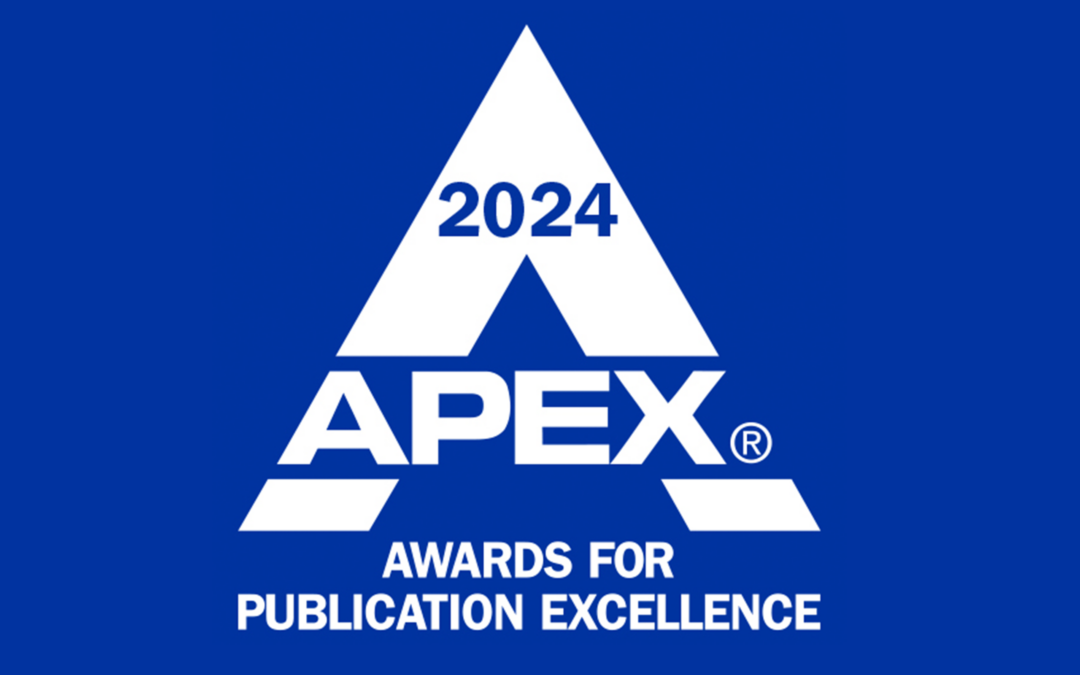AI and Inclusive Communications
Artificial intelligence has the potential to revolutionize inclusive communications, making it more accessible, personalized, and effective. By leveraging AI technologies thoughtfully and responsibly, businesses and organizations ensure that their communications resonate with diverse audiences, fostering a more inclusive and equitable world.
In an era when technology is rapidly evolving, artificial intelligence (AI) offers unprecedented opportunities to enhance and expand inclusive communications. AI encompasses a range of technologies, including machine learning, natural language processing (NLP), and computer vision, that can analyze and interpret data to perform tasks traditionally requiring human intelligence. When applied to communication, AI can help tailor messages, improve accessibility, and foster a more inclusive environment.
By leveraging AI, businesses and organizations can advance inclusive communications and achieve enhanced accessibility, greater reach, improved efficiency, and real-time adaptation. AI technologies break down barriers to communication by making content accessible to people with disabilities or language barriers. This ensures that everyone can participate in and benefit from information exchanges. AI also helps organizations reach a broader demographic by tailoring content to diverse linguistic and cultural audiences. AI can automate routine tasks such as translation, transcription, and content generation, freeing up human resources to focus on more strategic and creative activities, improving efficiency, and maintaining high standards of inclusivity. Moreover, AI’s ability to provide real-time feedback and adjustments ensures that communications are continually refined to be more inclusive.
Here are seven key applications of AI in inclusive communications:
- 1. Language translation and localization. AI-powered translation tools such as Google Translate and DeepL instantly translate content into multiple languages, making information accessible to non-native speakers. These tools also localize content to reflect cultural nuances, ensuring that messages resonate with diverse audiences.
- 2. Speech recognition and transcription. AI-driven speech-recognition technology transcribes spoken language into text in real time, aiding people with hearing impairments. Tools such as Otter.ai and Google’s Live Transcribe provide accurate transcriptions, making spoken content accessible and searchable.
- 3.Text-to-speech and speech-to-text. AI-enabled text-to-speech (TTS) technologies convert written text into spoken words, benefiting those with visual impairments or reading difficulties. Conversely, speech-to-text (STT) applications help people who prefer speaking over typing, ensuring their input is captured accurately.
- 4. Sentiment analysis and tone adjustment. AI can analyze the sentiment and tone of written content, helping communicators understand how their messages might be perceived. This is particularly useful for ensuring that communications are respectful and sensitive to diverse audiences. Tools such as Grammarly and IBM Watson Tone Analyzer provide real-time feedback on tone and sentiment.
- 5. Chatbots and virtual assistants. AI-powered chatbots and virtual assistants provide personalized support and information around the clock. These tools can be programmed to recognize and respond to diverse linguistic and cultural cues, ensuring that all users feel understood and respected.
- 6. Content personalization. AI algorithms analyze user data to personalize content delivery, ensuring individuals receive information that is relevant to their needs and preferences. This personalization can help engage a wider audience and make them feel valued.
- 7. Image and video accessibility. AI automatically generates alt text for images and captions for videos, making visual content accessible to people with visual and hearing impairments. Platforms such as Facebook and YouTube have integrated such features to enhance accessibility.
Although AI offers significant benefits for inclusive communications, there are challenges and considerations to keep in mind. AI systems can perpetuate biases present in their training data. It’s crucial to ensure that AI models are trained on diverse and representative data sets to minimize bias and promote fairness. The use of AI often involves collecting and analyzing large amounts of data. Organizations must ensure that they handle data responsibly and in compliance with privacy regulations to protect users’ rights. AI systems should be transparent and explainable. Users should understand how AI-driven decisions are made and have recourse if they feel those decisions are unfair or discriminatory.
You can explore how AI might enhance your communications strategies by investing in AI tools that promote inclusivity, seeking feedback from diverse user groups, and continually refining your approach. Embrace the power of AI to advance inclusive communications and make a positive impact on your audience.









